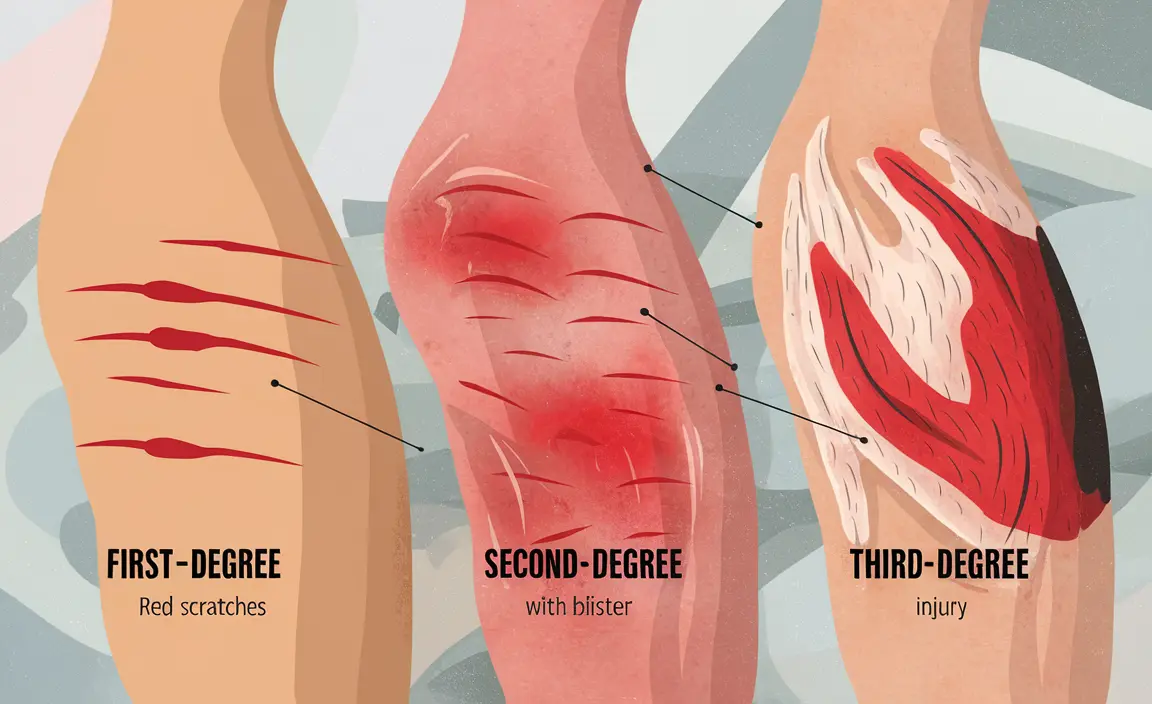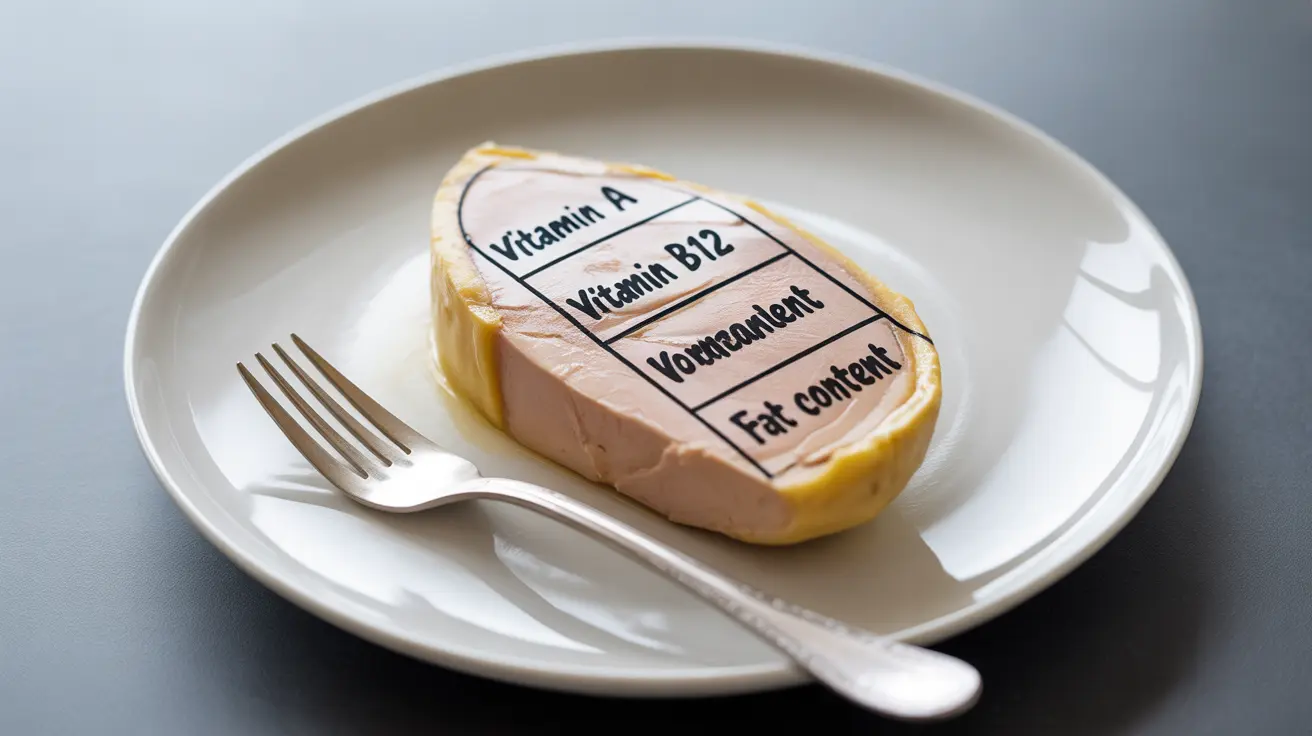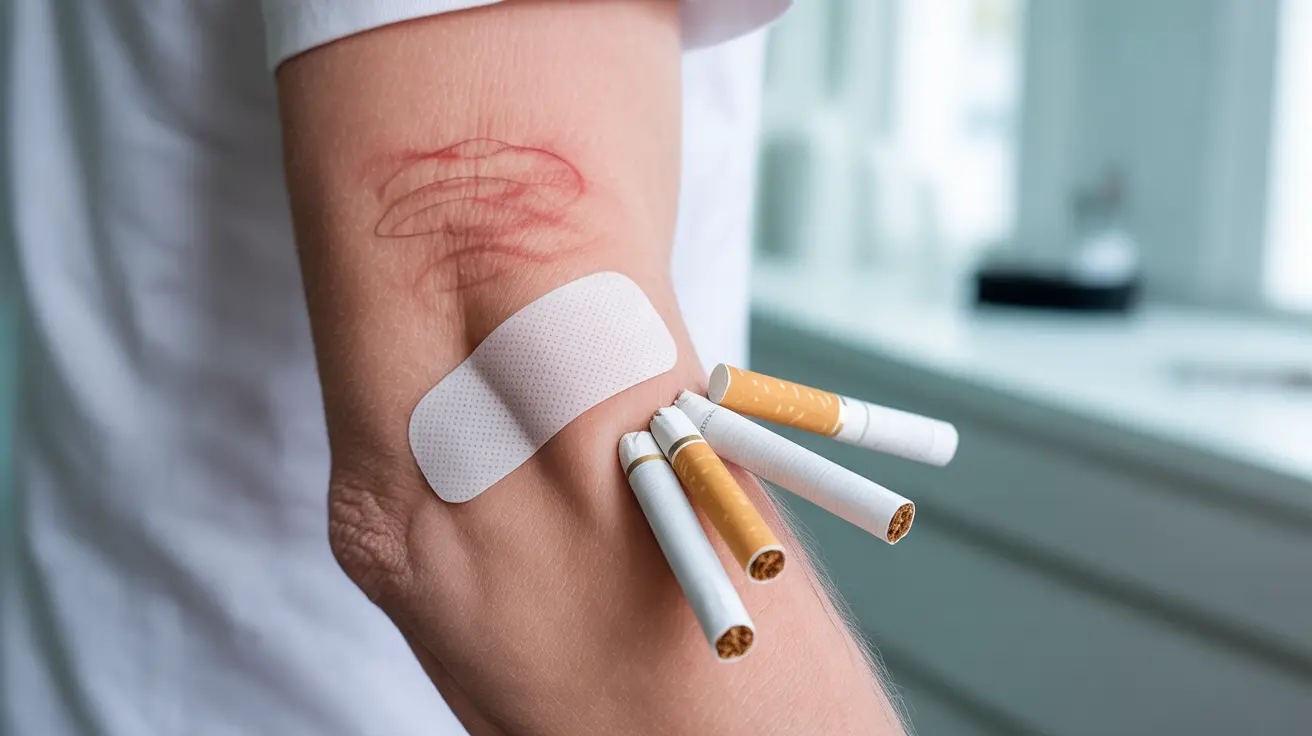Road rash is one of the most common injuries sustained by cyclists, motorcyclists, skateboarders, and anyone who takes a tumble on pavement or rough surfaces. This painful skin abrasion occurs when the body slides across a hard surface, scraping away layers of skin and sometimes exposing deeper tissue underneath.
Understanding proper road rash treatment is essential for preventing complications, reducing scarring, and ensuring optimal healing. While many cases can be managed at home with appropriate care, knowing when to seek professional medical attention can make the difference between a smooth recovery and serious complications.
Understanding Road Rash Severity and Classification
Road rash injuries are typically classified into three degrees of severity, similar to burn classifications. First-degree road rash affects only the outermost layer of skin, appearing red and tender but without open wounds. This superficial injury usually heals within a few days with minimal scarring.
Second-degree road rash penetrates deeper into the skin layers, creating open wounds that may bleed and expose the dermis. These injuries require more intensive care and typically take one to three weeks to heal completely. Third-degree road rash is the most severe, extending through all skin layers and potentially affecting underlying muscle, fat, or bone tissue.
The size and location of the injury also influence severity assessment. Road rash covering large body surface areas or occurring on joints, hands, face, or genital areas requires immediate medical evaluation regardless of depth.
Immediate First Aid and Initial Road Rash Treatment
The first steps in road rash treatment begin immediately after the injury occurs. Start by moving to a safe location away from traffic or hazards, then assess the extent of your injuries. If you're bleeding heavily, experiencing severe pain, or suspect broken bones, seek emergency medical care immediately.
For manageable injuries, begin by gently removing any visible debris from the wound using clean tweezers or by carefully rinsing with clean water. Avoid scrubbing or using harsh chemicals, as this can cause additional tissue damage and impair healing.
Apply gentle pressure with a clean cloth or sterile gauze to control bleeding. Once bleeding stops, the wound should be thoroughly cleaned and properly dressed to prevent infection.
Step-by-Step Home Treatment Protocol
Cleaning and Disinfection
Proper wound cleaning is crucial for preventing infection and promoting optimal healing. Wash your hands thoroughly before touching the injured area, then gently irrigate the wound with clean water or sterile saline solution. Avoid using hydrogen peroxide or alcohol directly on the wound, as these can damage healthy tissue and slow healing.
For embedded debris that cannot be easily removed with water, seek medical attention rather than attempting aggressive removal at home. Deep or stubborn foreign materials require professional extraction to avoid pushing debris deeper into the tissue.
Wound Dressing and Protection
After cleaning, apply a thin layer of antibiotic ointment to prevent infection and keep the wound moist for optimal healing. Cover the area with a non-stick sterile bandage, securing it with medical tape around the edges without applying tape directly to the wound.
Change dressings daily or whenever they become wet or soiled. During dressing changes, gently clean the wound again and assess for signs of healing or complications.
Recognizing Signs of Infection and Complications
Monitoring your road rash for signs of infection is essential during the healing process. Normal healing involves some redness, mild swelling, and clear or slightly yellow drainage. However, certain warning signs indicate developing complications that require immediate medical attention.
Red streaks extending from the wound, increasing pain after the first few days, fever, pus discharge, or foul odor from the wound all suggest bacterial infection. Additionally, wounds that show no signs of healing after 48-72 hours or that appear to be getting worse rather than better need professional evaluation.
Deep wounds exposing fat, muscle, or bone, injuries larger than three inches in diameter, or road rash on joints that limits movement also warrant immediate medical care. These complex injuries often require surgical cleaning, suturing, or specialized treatment to prevent long-term complications.
Healing Timeline and Scar Prevention Strategies
The road rash healing process varies significantly based on injury severity, location, and individual factors such as age, overall health, and adherence to treatment protocols. Superficial road rash typically heals within one week, while deeper injuries may require several weeks or even months for complete recovery.
During the initial healing phase, keep the wound moist and protected to promote faster cell regeneration and reduce scarring. Avoid picking at scabs or allowing the wound to dry out completely, as this can lead to delayed healing and more prominent scarring.
Once the wound begins to close, gentle massage with vitamin E oil or specialized scar reduction creams can help minimize long-term scarring. Sun protection is also crucial during the healing process and for at least six months after injury to prevent permanent discoloration.
Prevention Through Proper Protective Equipment
The most effective road rash treatment is prevention through appropriate protective gear. For cyclists, wearing proper clothing that covers exposed skin, especially knees and elbows, can significantly reduce injury severity in case of accidents.
High-quality protective gear includes padded cycling shorts, long-sleeved jerseys, and specialized protective pads for knees and elbows. Motorcyclists should invest in abrasion-resistant clothing, protective pants, and reinforced jackets designed specifically for road safety.
Skateboarders and rollerbladers benefit from knee pads, elbow pads, and wrist guards. When selecting protective equipment, prioritize gear made from durable materials with proven abrasion resistance rather than focusing solely on style or comfort.
When Professional Medical Care is Essential
While many road rash injuries can be successfully treated at home, certain situations require immediate professional medical evaluation. Deep wounds exposing underlying tissue, injuries covering more than 10% of body surface area, or road rash affecting the face, hands, feet, or genitals should be evaluated by healthcare professionals.
Additionally, individuals with compromised immune systems, diabetes, or poor circulation should seek medical care for any significant road rash injury, as these conditions can impair healing and increase infection risk.
Professional treatment may include surgical wound cleaning, prescription antibiotics, specialized dressings, or referral to wound care specialists for complex injuries.
Frequently Asked Questions
What is the best way to clean and treat road rash wounds at home to prevent infection?
Clean road rash wounds by first washing your hands thoroughly, then gently irrigating the injury with clean water or sterile saline solution. Remove visible debris carefully with clean tweezers, apply a thin layer of antibiotic ointment, and cover with a sterile non-stick bandage. Change dressings daily and keep the wound moist throughout healing to prevent infection and promote optimal recovery.
How can I tell the difference between mild and severe road rash, and when should I see a doctor?
Mild road rash affects only the surface skin layer, appears red without deep open wounds, and covers a small area. Severe road rash exposes deeper tissue layers, bleeds significantly, covers large areas, or affects joints, face, hands, or feet. Seek medical attention for wounds deeper than the skin surface, injuries larger than three inches, signs of infection, or road rash that limits movement or function.
What are the common signs of infection or complications in road rash injuries?
Watch for red streaks extending from the wound, increasing pain after the initial injury period, fever, thick yellow or green pus discharge, foul odor, excessive swelling, or wounds that worsen rather than improve after 48-72 hours. These signs indicate bacterial infection requiring immediate medical evaluation and possible antibiotic treatment.
How long does it typically take for road rash to heal, and what can I do to reduce scarring?
Superficial road rash typically heals within one week, while deeper injuries may require several weeks to months. To minimize scarring, keep wounds moist with appropriate ointments, avoid picking at scabs, protect healing skin from sun exposure, and consider gentle massage with vitamin E oil once the wound closes. Proper wound care during initial healing significantly impacts long-term scarring outcomes.
What protective gear can help prevent road rash during activities like biking or skateboarding?
Essential protective gear includes long-sleeved clothing covering exposed skin, knee and elbow pads, padded shorts for cyclists, and abrasion-resistant materials. Cyclists should wear jerseys and pants that cover arms and legs, while skateboarders benefit from comprehensive padding systems including wrist guards, knee pads, and elbow protection. Choose gear specifically designed for your activity with proven abrasion resistance ratings.




